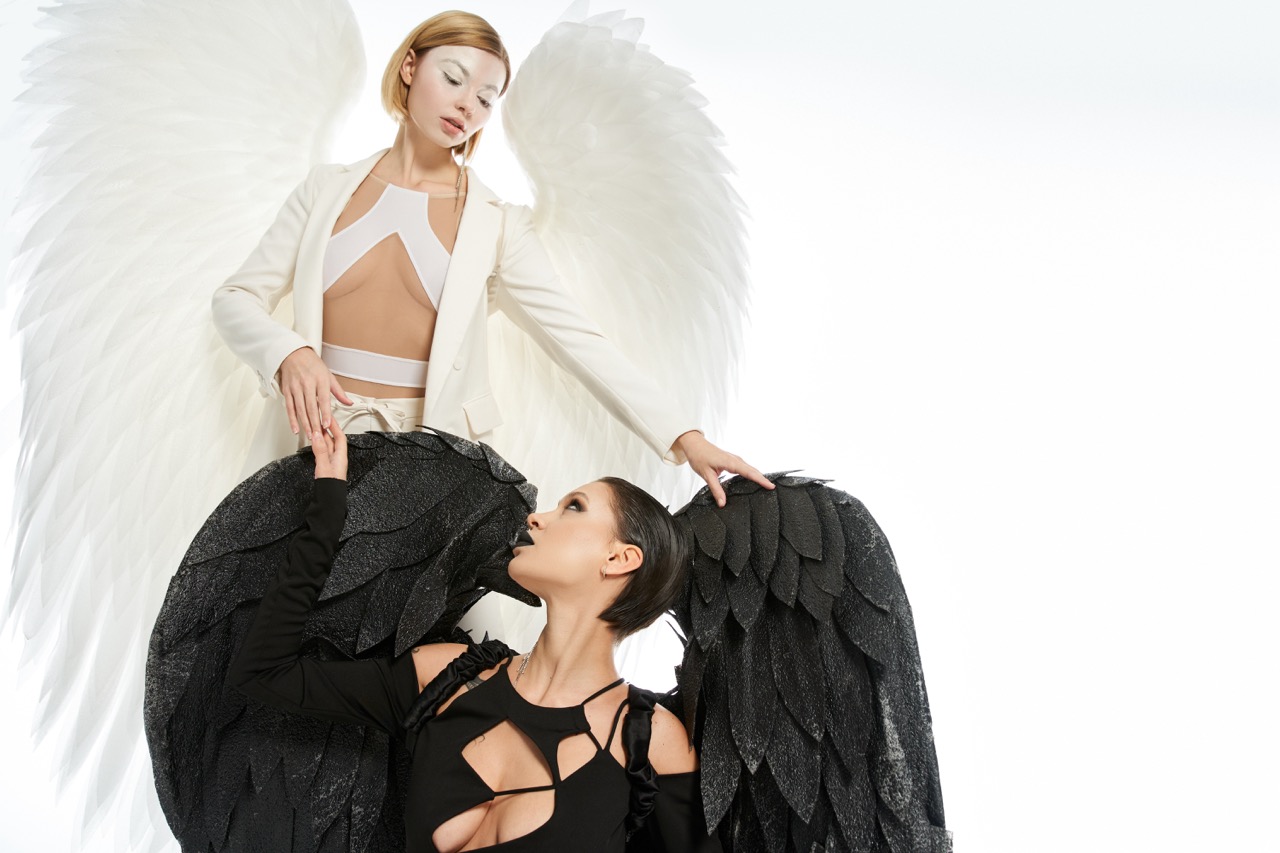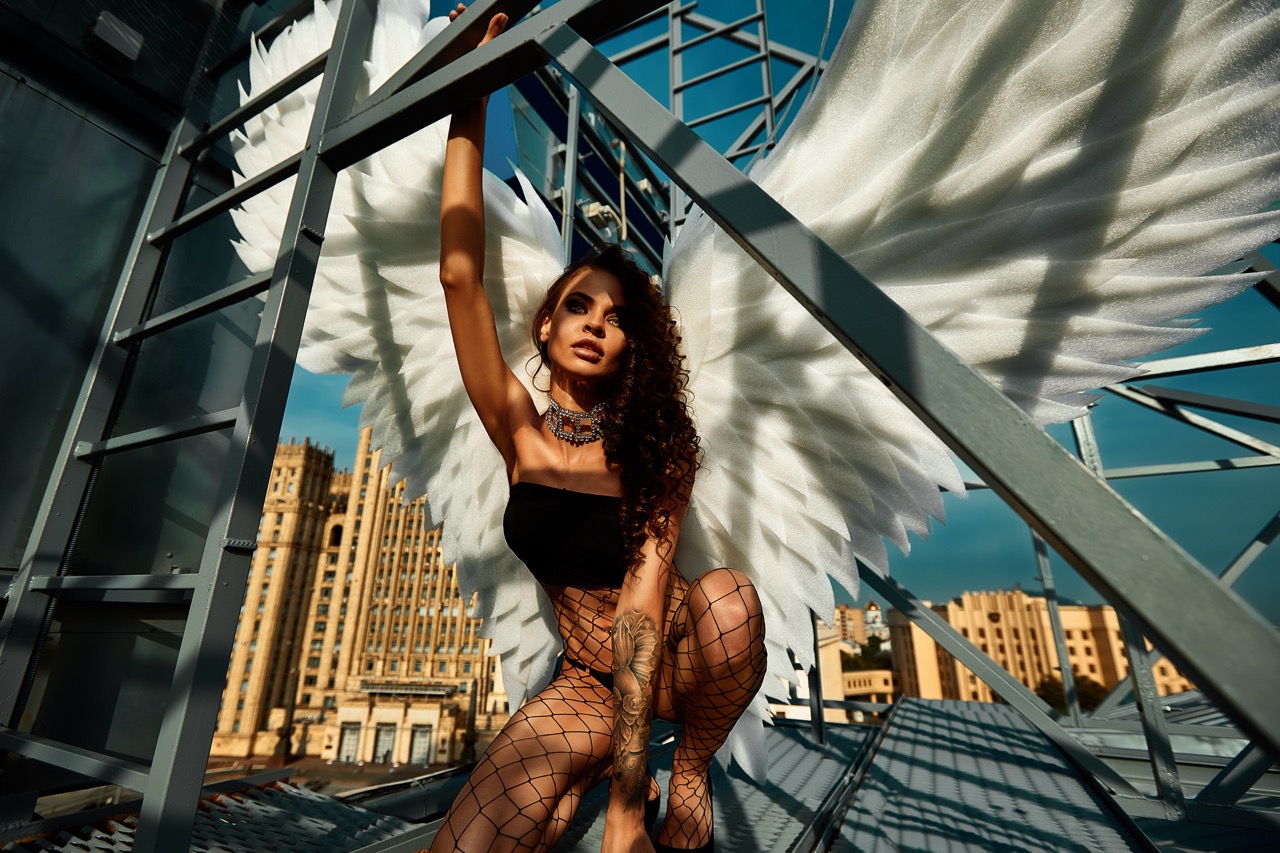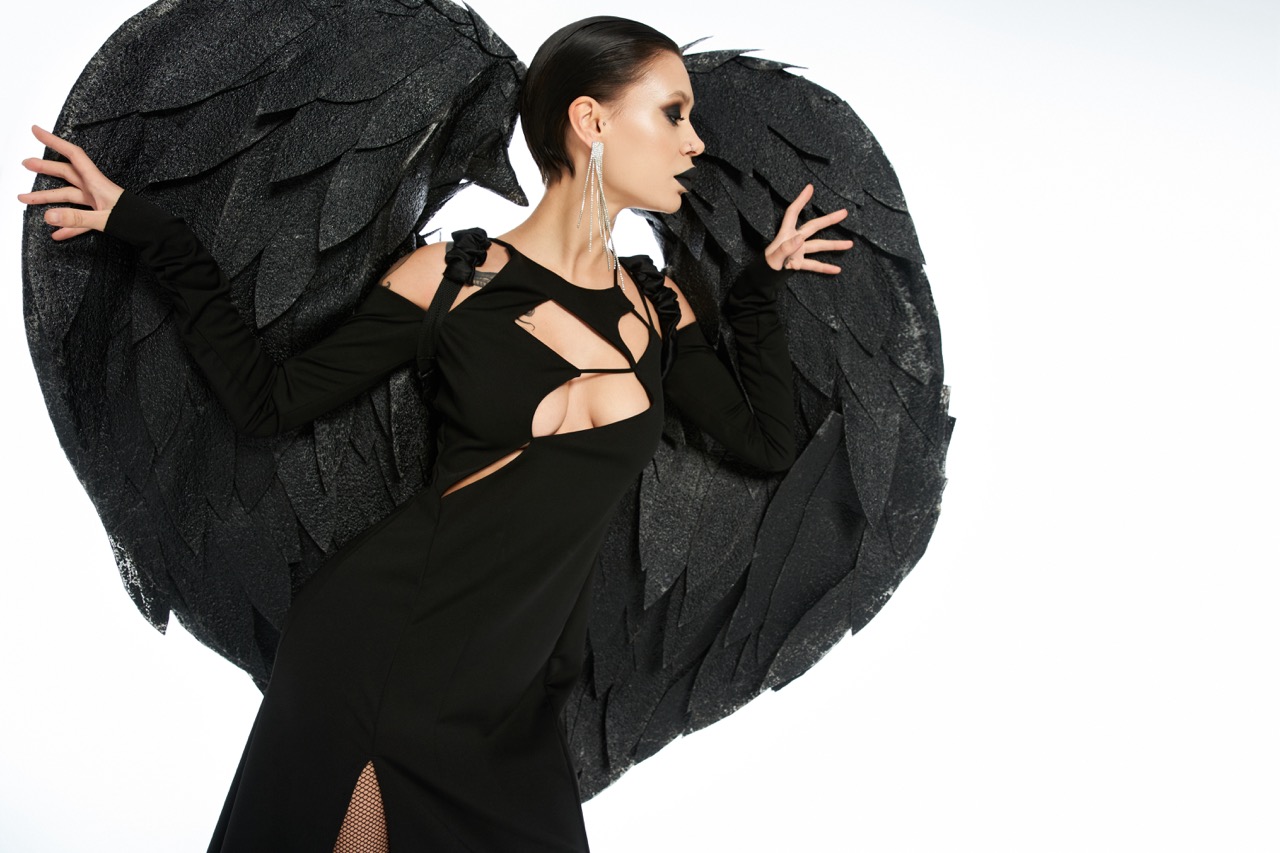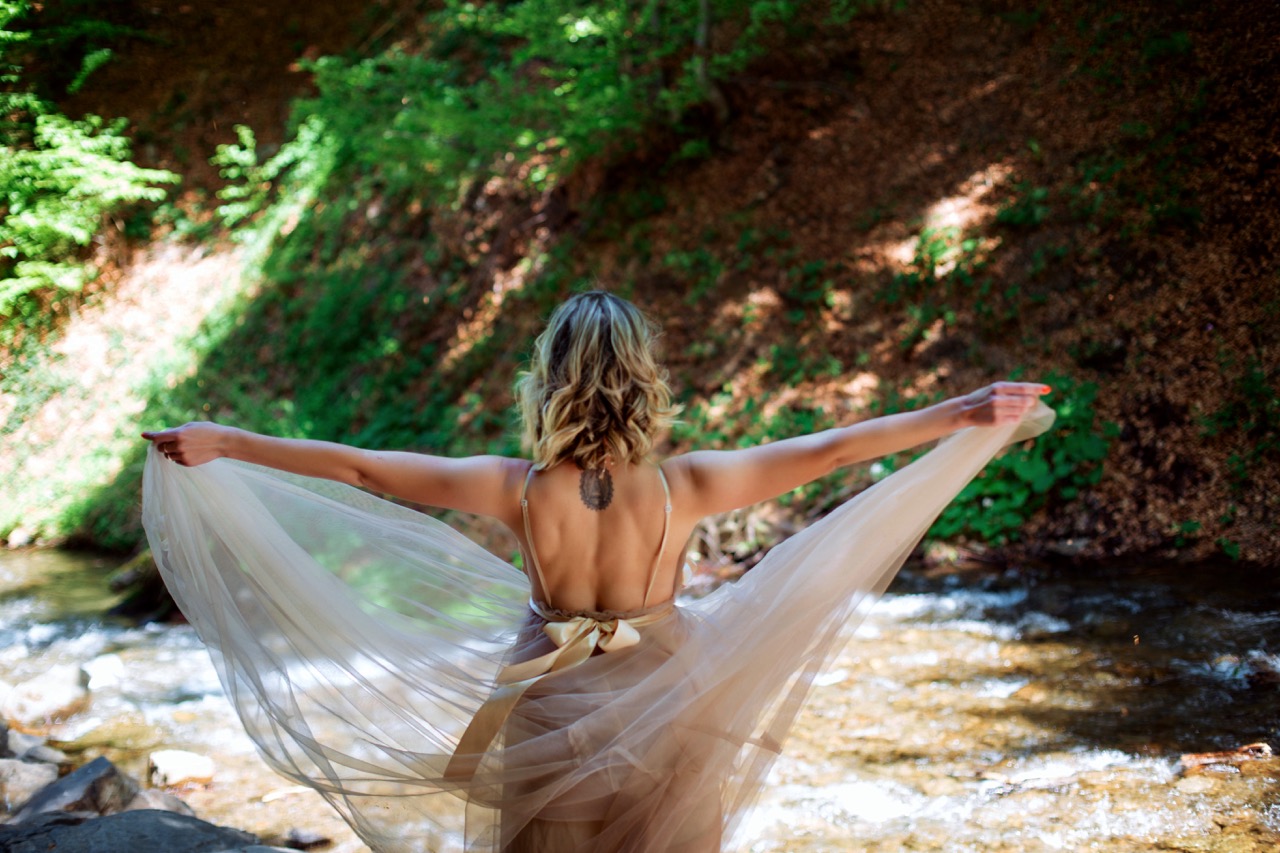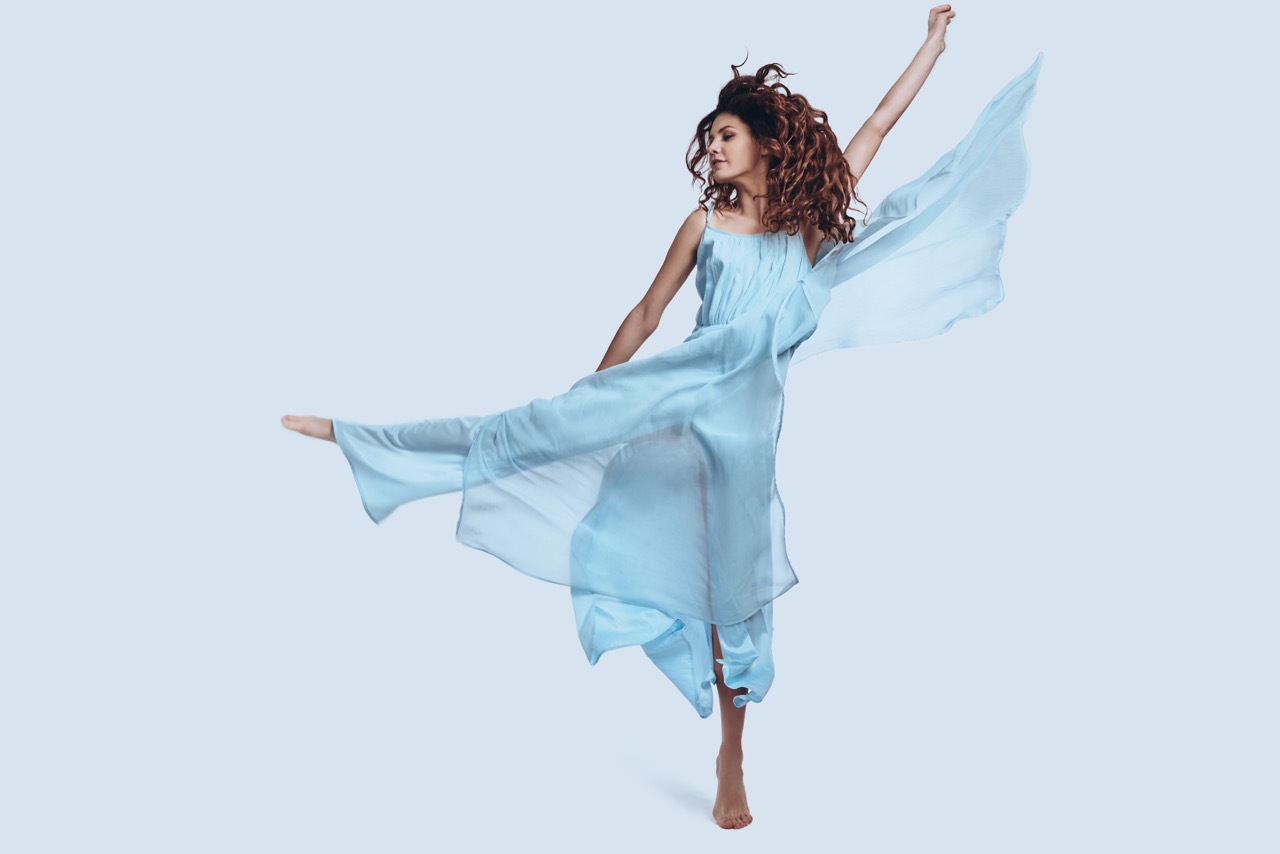Dance has forever been a powerful form of expression, an art that transcends language and culture. In cinema, it serves as a storytelling device that elevates narratives, captivates audiences, and often defines eras. From the exuberant jazz dances of the Roaring Twenties to the electrifying moves of modern hip-hop, dance has weaved itself through the tapestry of film history, marking significant cultural moments along the way. This journey through iconic dance scenes highlights the evolution of choreography on screen, the unforgettable moments that have shaped film and culture, and the choreography that has left audiences spellbound.
Dancing Through Decades: A Cinematic Journey Unfolds
The 1920s heralded the arrival of jazz and the invention of the "talkies," where dance first dazzled audiences with its vibrant expression. Silent films, with their pantomime and physical comedy, set the stage for dance to become an integral part of storytelling. Flicks like "The Jazz Singer" introduced synchronized sound and music, allowing for breathtaking performances that captured the exuberance of the Jazz Age. Stars like Fred Astaire and Ginger Rogers brought sophistication to the screen, their elegant ballroom dances setting a gold standard for future generations.
As the decades rolled on, the 1950s and 1960s saw dance evolve alongside cultural movements. The rise of rock ‘n’ roll transformed the way dances were choreographed. Movies like "West Side Story" not only showcased a new, gritty realism in storytelling but also introduced audiences to the athleticism of jazz dance. The choreography became a reflection of social change, with themes of love, conflict, and unity expressed through powerful movement. The iconic dance sequences in films such as "Dirty Dancing" and "Footloose" would later resonate with a generation eager to break free from traditional constraints.
Entering the 21st century, dance in film has embraced a fusion of styles, integrating hip-hop, ballet, and street dance into a seemingly limitless palette. Movies like "Step Up" and "La La Land" have demonstrated how dance can transcend mere entertainment, acting as a narrative device that explores human emotions and relationships. The internet’s influence has also allowed for a democratization of dance, leading to viral choreography that has further blurred the lines between film and reality. As we look back at the dance scenes from various decades, it’s evident that each era has left its indelible mark on the cinematic landscape.
From the Silver Screen to the Spotlight: Dance Evolution
The evolution of dance in movies mirrors broader societal changes, showcasing the art form’s adaptability. In the early days of cinema, dance was primarily a spectacle, often featuring performers who had roots in vaudeville or Broadway. The choreography was grand and theatrical, designed to impress audiences with skill and flair. Dancers like Astaire and Rogers embodied this glamour, their routines crafted with precision and elegance. At this time, dance was often viewed as an ornament, enhancing the overall narrative without being the focal point.
As the mid-20th century approached, the cultural landscape began to shift, and so did the portrayal of dance in film. Dancers were no longer just entertainers; they became storytellers in their own right. The choreography in musicals began to express character development and emotional arcs, culminating in productions like "Cabaret" and "Fame." These films explored serious themes, addressing the struggles and aspirations of their characters through the medium of dance. This shift indicated a growing recognition of dance as a legitimate form of emotional expression, an evolution that paved the way for future genres.
Today, dance continues to evolve, reflecting a blend of styles and influences that captures the zeitgeist of contemporary culture. The choreography in films like "Black Swan" and "Step Up" illustrates how dance can serve as both a competitive sport and a profound art form, celebrating individuality and expression. The rise of digital platforms and social media has further expanded the reach of dance, allowing filmmakers to experiment with new styles and incorporate choreography that resonates with global audiences. As we witness this ongoing evolution, dance remains an essential component of cinema, forever evolving while staying rooted in its rich history.
Iconic Dance Moments That Defined Film and Culture
Some dance scenes have transcended the medium, becoming cultural milestones that resonate with audiences long after the credits roll. Consider the electrifying "Time Warp" from "The Rocky Horror Picture Show," a moment that ignited midnight screenings and fan participation across generations. This scene encapsulates a sense of rebellion and community that reflects the edgy spirit of the 1970s. Similarly, John Travolta’s iconic dance in "Saturday Night Fever" set the stage for disco culture, illustrating how film and dance can shape societal trends and attitudes.
The 1980s and 1990s introduced a new wave of iconic dance moments, with films like "Flashdance" and "The Lion King" fostering a connection between individual ambition and collective joy. The famous "What a Feeling" dance sequence remains an anthem of empowerment, inspiring countless dreamers to pursue their passions despite obstacles. On the other hand, "The Lion King" showcased the power of movement in storytelling, with the "Circle of Life" sequence becoming a universal symbol of celebration and connection to one’s roots.
In more recent years, films like "Crazy Rich Asians" and "Black Swan" have pushed the boundaries of how dance can be used to convey complex narratives. The lavish wedding dance in "Crazy Rich Asians" fuses traditional cultural elements with modern expressions of love and celebration, while "Black Swan" uses dance as a metaphor for obsession and transformation. These moments not only entertain but provoke thought and discussion, allowing dance to serve as a mirror reflecting cultural currents and individual experiences.
Behind the Moves: Choreography That Captivated Audiences
The artistry behind iconic dance scenes often lies in the skilled hands of choreographers who bring movement to life on screen. Legendary choreographer Bob Fosse, known for his unique style that blended jazz and theatricality, created unforgettable sequences in films like "Chicago" and "Cabaret." His innovative approach to choreography, often characterized by sharp angles and subtle isolations, captivated audiences and redefined the musical genre. Fosse’s influence is still felt today, as his iconic moves continue to inspire a new generation of dancers and filmmakers alike.
In the realm of contemporary cinema, choreographers such as Mia Michaels and Jon M. Chu have emerged as visionaries, integrating diverse dance styles into narrative-driven sequences. Michaels’ work in "So You Think You Can Dance" showcased her ability to tell powerful stories through movement, while Chu’s direction of the "Step Up" series celebrated the fusion of street dance and traditional styles. Both have demonstrated how choreography can elevate a film’s emotional resonance, transforming dance into a language that speaks to the heart.
Moreover, the collaborative nature of filmmaking often sees directors, cinematographers, and choreographers working together to create visually stunning dance sequences. The breathtaking choreography in "La La Land," for instance, is a testament to the seamless integration of dance within the film’s cinematic framework. By combining technical skill with artistic vision, these creators weave complex narratives that resonate deeply with audiences. The result is not merely a dance scene but a work of art that captivates and inspires.
As we reflect on the evolution of dance in cinema, it’s clear that these iconic moments and the choreography behind them have shaped not only film but also broader cultural narratives. Dance in movies is a rich, dynamic art form, capturing the spirit of its time while continuously evolving to incorporate new influences. From the grandeur of musicals to the raw energy of contemporary dance films, each era has contributed to a legacy that celebrates movement as a universal language. The future of dance in cinema remains bright, promising to inspire and connect us, transcending boundaries and resonating with hearts worldwide.






